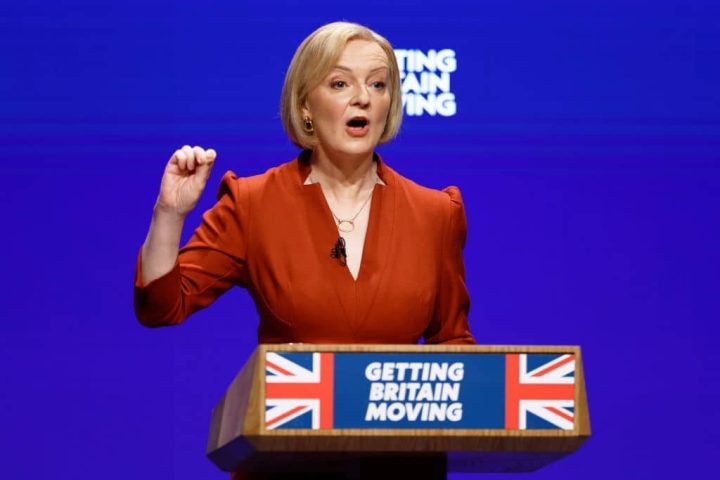Liz Truss has bet the house on growth. The Prime Minister and Chancellor formally gave themselves the target of a 2.5 per cent growth rate in last month’s mini-Budget. But at the Conservative party conference this week, Truss used her speech to frame her premiership around growth, singling out as her enemies anyone she deems part of the ‘anti-growth coalition’.
Anything the government does now needs to be approached with caution rather than revolutionary zeal
As I say in today’s Telegraph, this was perhaps Truss’s most savvy political move to date. If the Prime Minister has had any success so far, it’s been to completely refocus the national narrative towards growth. But while the politics might work in the moment, the economics are another case entirely. Primarily: what happens if her growth initiative fails?
With the Office for Budget Responsibility cut out of the mini-Budget, the public (and indeed the markets) are eagerly anticipating their forecast for the ‘medium-term fiscal plan’. It is expected to include, among updates on the UK’s debt-to-GDP ratio, a prediction for what Truss’s tax cuts will do to kickstart growth. But we don’t need to wait for the OBR to get some indication: in its absence, other independent forecasters have been weighing in – with far more pessimistic predictions than the government would like.
Consensus is emerging that the tax cuts will stimulate growth, but not nearly to the 2.5 per cent target that Truss and Kwasi Kwarteng are aiming for. Both Capital Economics and Deutsche Bank estimate that the cuts will spur on 0.5 per cent growth – certainly not nothing, but still a long way off 2.5. per cent. The economy grew by just 0.2 per cent in Q2.
And the good news basically stops there. Deutsche Bank’s forecast, released yesterday, suggested that the tax cuts will be cancelled out by other factors – including global economic pressures and rising interest rates – leading to a 0.5 per cent contraction in the economy next year. Moreover, the Bank doesn’t think the UK economy will return to its pre-pandemic size until 2024, making Britain an ugly outlier compared with the recovery timelines seen in other advanced economies.
There have been more predictions: the National Institute for Economic and Social Research’s independent assessment of the mini-Budget put economic growth on track to hit 2 per cent by 2023-24 – a huge win for the government’s agenda if it were to be realised. But this has become an outlier prediction, as others fear the UK will not be able to escape the global economic downturn that appears to be coming and which markets are bracing for.
Truss will need to implement a lot more than tax cuts to get growth figures up. And the politics are only bound to get tricker. Cutting taxes was supposed to be the easy bit, yet it’s proved a massive political headache – so much so that Truss and Kwarteng U-turned on their plan to abolish the 45p tax rate on the Monday of Tory conference.
Now they need to do the really hard stuff, such as tackling the planning system and introducing more deregulation. And they need to do so in an environment where markets are nervous about fiscal announcements and Tory MPs are terrified by the polls. This week the pound settled back at its pre-mini-Budget levels while ten-year gilt yields started to come down. However, there’s a sense that the damage from market fallout has already been done. Anything the government does now needs to be approached with caution rather than revolutionary zeal. Truss will find the latter rather difficult to give up.







Comments